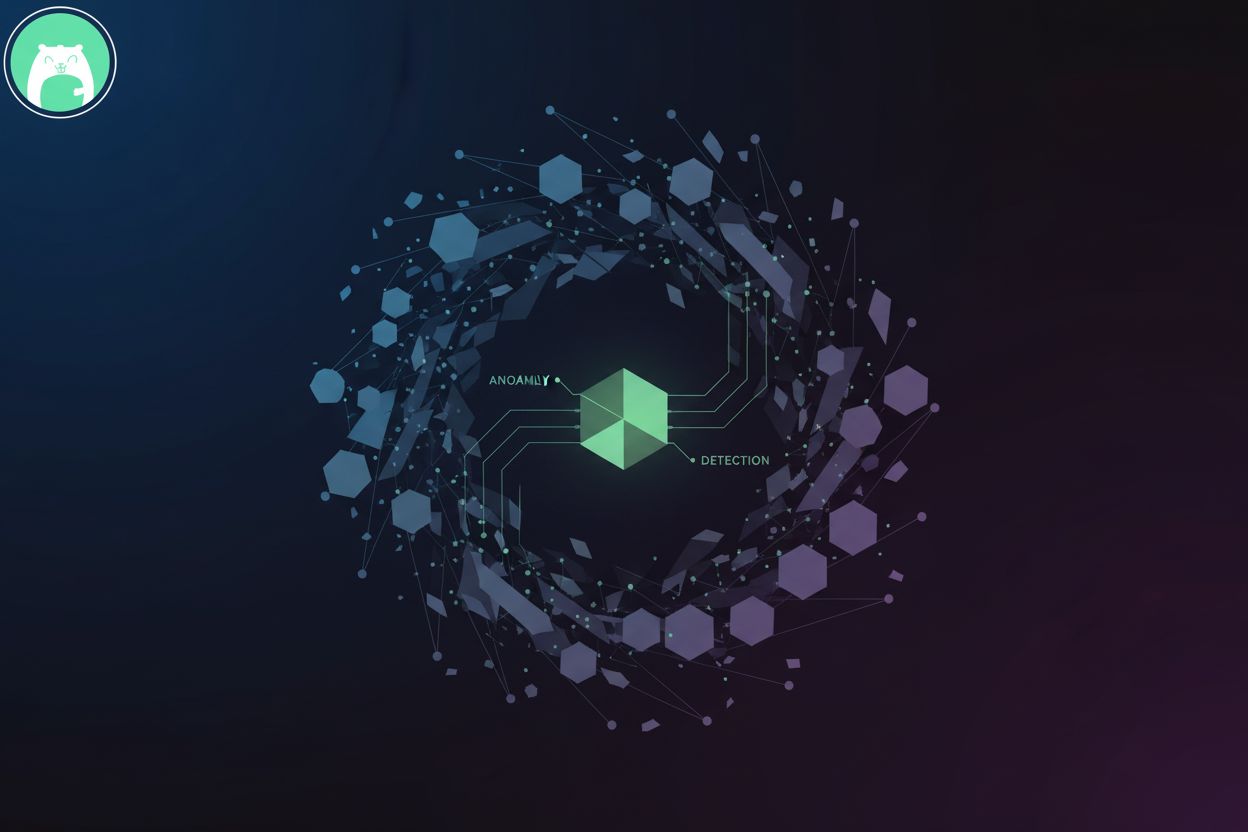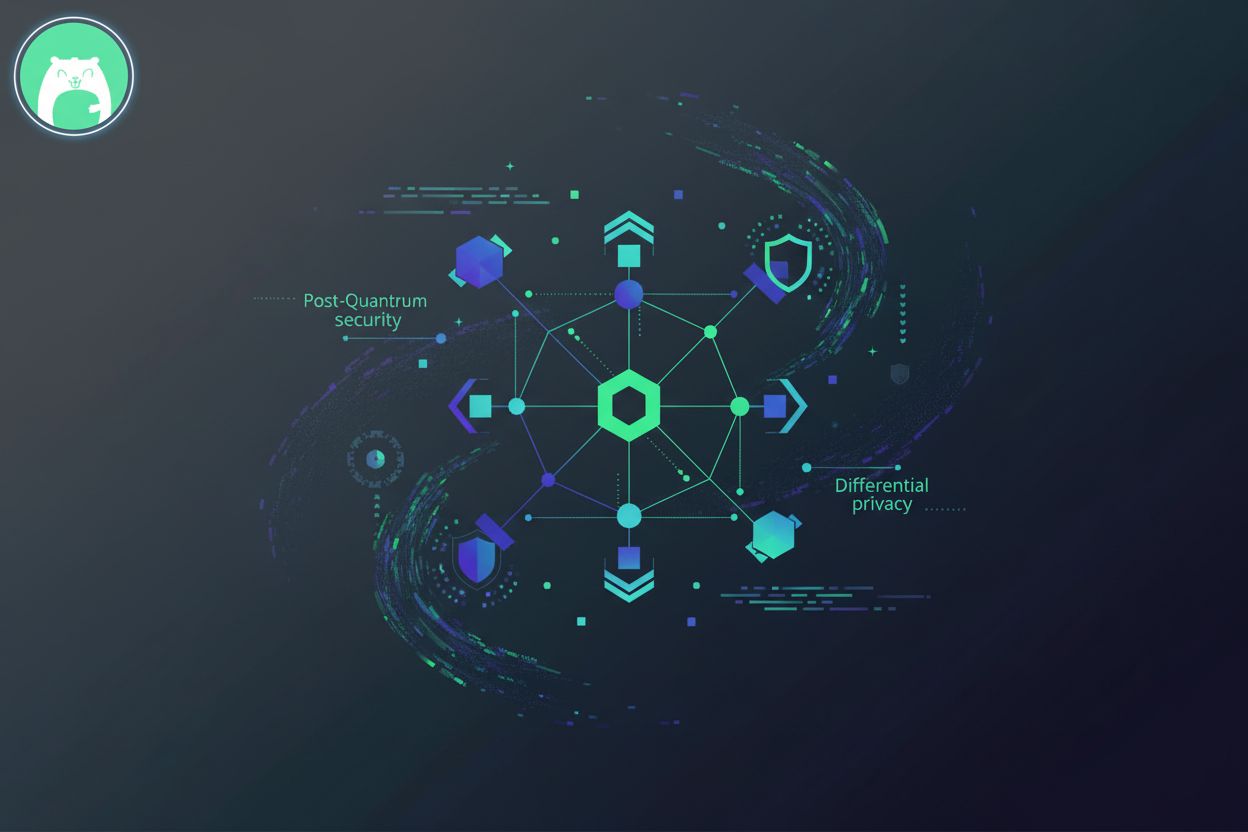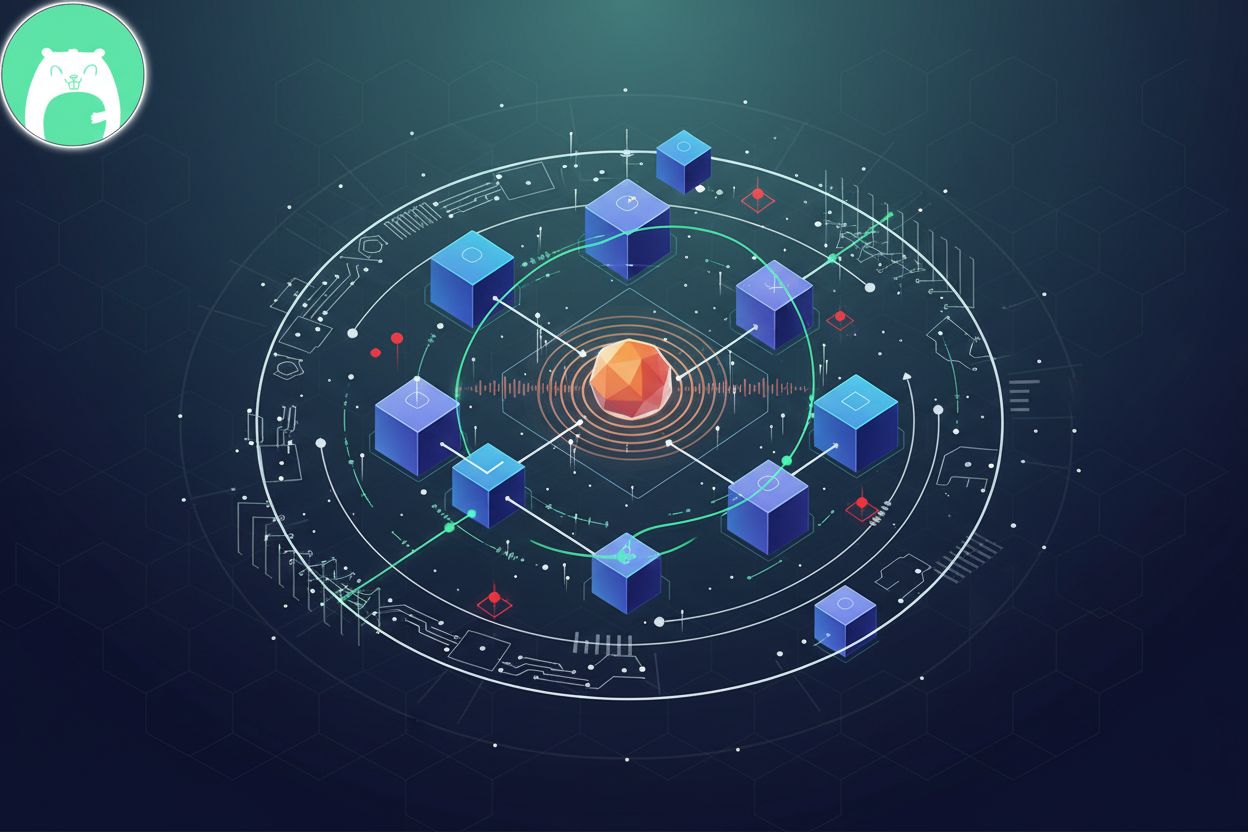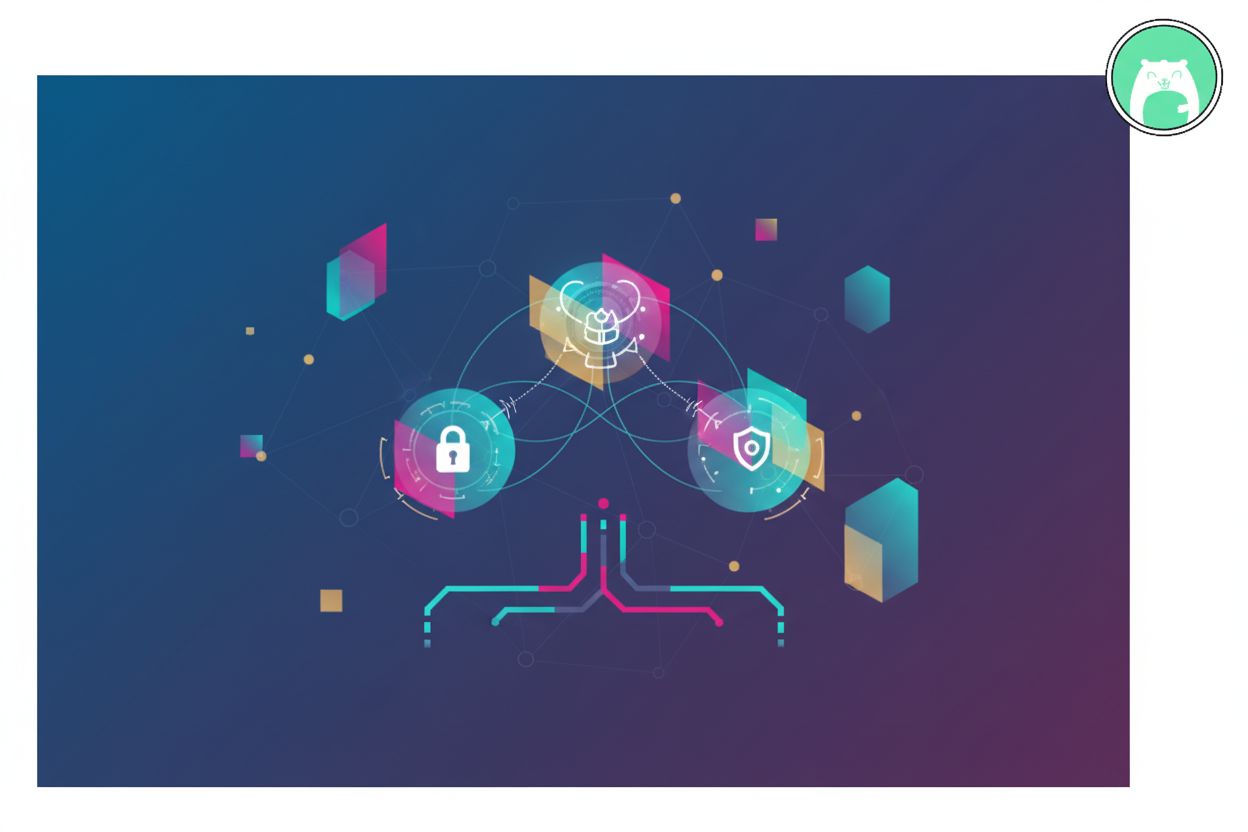Post-Quantum Key Exchange for MCP Authentication
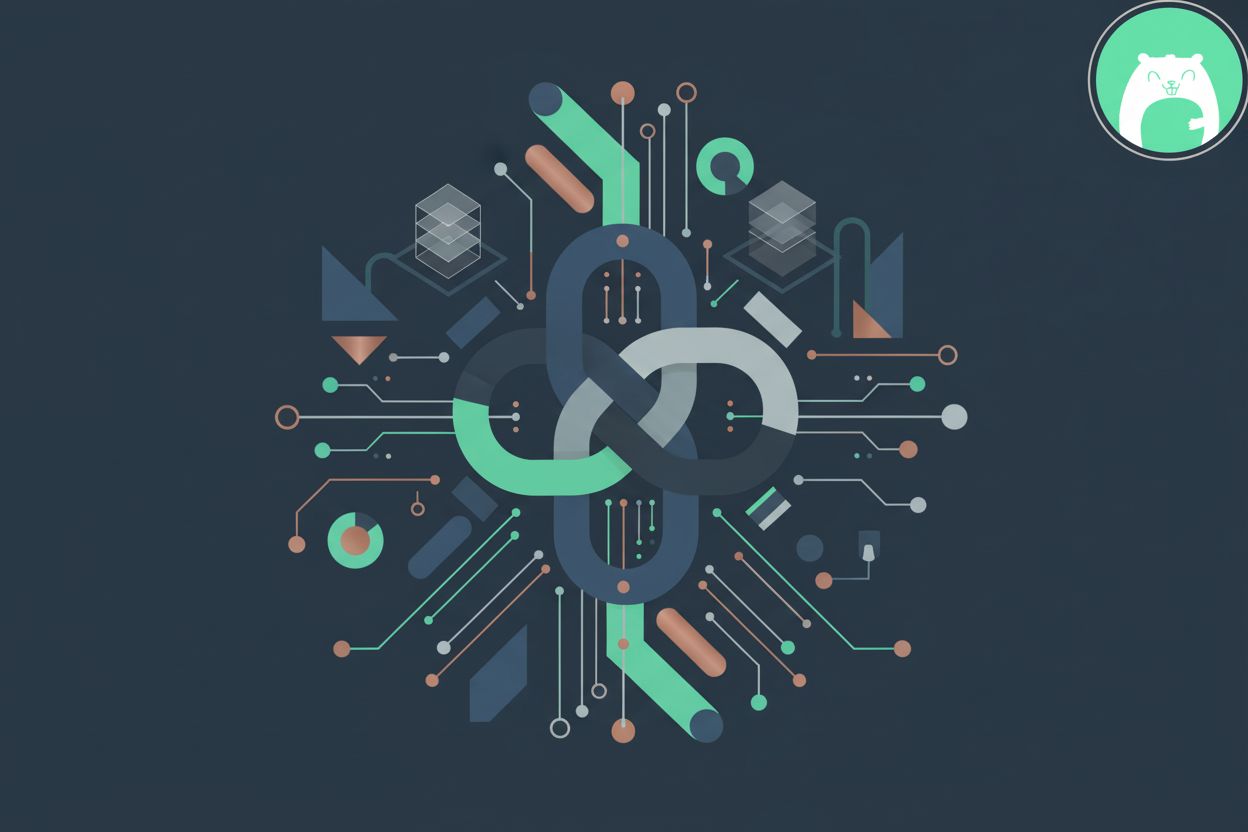
TL;DR
Introduction: The Quantum Threat to MCP and Authentication
Okay, so you've probably heard the buzz – quantum computers are gonna flip cybersecurity on its head. It's not just hype, either. The way ai systems handles authentication with Model Context Protocol is just one area that's kinda vulnerable.
See, right now, we're relying on stuff like rsa, ecc, and Diffie-Hellman for encryption. These are the foundations of secure communication -- but, Shor's algorithm, that quantum algorithm, makes breaking these ciphers way too easy. Imagine someone suddenly having the master key to… well, everything.
One of the big worries is "harvest now, decrypt later" attacks. Bad actors are grabbing encrypted data now with the goal of decrypting it later, when quantum computers are powerful enough. If you have long-term ai data, it's at risk.
And don't think just beefing up key sizes in symmetric encryption is the answer. It helps, sure, but it's not a long-term fix. According to Post-Quantum Cryptography, doubling the key size does provide some resistance but this is not quantum proof.
The current standards ain't quantum proof, plain and simple.
So what's Model Context Protocol (mcp) anyway? It's basically how ai systems understand and use data. A weak mcp can lead to all sorts of problems: compromised ai models, data breaches, the works. Think of it as the ai's operating system, and someone just found a major exploit.
For example, imagine a medical ai that's trained on compromised data because the mcp was cracked. Now it's giving out wrong diagnoses. Or a financial ai making bad trades 'cause someone messed with the data it uses. Its not good.
It's not just about reacting after a breach. It's about getting ahead of the curve and future-proofing our systems. That's why proactive post-quantum solutions is needed.
Look, this isn’t some far-off problem. We need to start thinking about this now. if we don't, we're basically leaving the door open for future quantum attacks.
Next up, let's dive in a bit more into Securing Model Context Protocol (MCP).
Understanding Post-Quantum Key Exchange
Okay, so, post-quantum key exchange – it's not exactly a walk in the park, but it's something we gotta wrap our heads around, right? The old ways of doing things, they just ain't gonna cut it when quantum computers show up to the party.
Think of it like this: we need new ways for ai systems to do the secret handshake. That's key exchange in a nutshell -- a way for two parties to agree on a secret key, even if someone's eavesdropping. But, the "new" part? That's where post-quantum cryptography (pqc) comes in. it's all about developing algorithms that are thought to be safe against those quantum attacks.
- lattice-based cryptography is a big player, using complex math problems on lattices that are hard for even quantum computers to crack.
- There's also hash-based cryptography, which relies on the properties of hash functions – generally considered quantum-resistant and great for verifying data integrity.
- And don't forget code-based cryptography, based on the difficulty of decoding certain codes.
Here's a thing that trips people sometimes: key encapsulation mechanisms (kems) and key exchange (kex). they ain't quite the same.
- Key exchange (kex), like the classic Diffie-Hellman, involves both parties contributing to the key generation. Problem is, Diffie-Hellman is super vulnerable to quantum computers.
- Key encapsulation mechanisms (kems), on the other hand, are like sending a secret message in a locked box. One party encapsulates the key using the other party's public key, and only the recipient can decapsulate it with their private key.
So, which one's better for Model Context Protocol (MCP)? Well, it depends. Kem's can be simpler to implement, but kex might offer better performance in some cases. The IETF, though, has a draft for Post-Quantum Authenticated Key Exchange (PQuAKE) protocol which aims to minimize communication overhead with strong security. PQuAKE - Post-Quantum Authenticated Key Exchange
Thankfully, we ain't just flailing around in the dark. the national institute of standards and technology (nist) is on the case.
- NIST is running a big project to standardize pqc algorithms. Basically, they're testing a bunch of different options to see which ones are the real deal!
- They've already selected some winners, like crystals-kyber for key encapsulation and crystals-dilithium for digital signatures.
NIST may respond to attacks that contradict the claimed security strength category, but do not bring the maturity of the scheme into question, by bumping the parameter set down to a lower category, and potentially encouraging the submitter to provide a higher security parameter set. Post-Quantum Cryptography | CSRC | CSRC
So, yeah, it's a bit of a mess right now. But, there's progress happening, and that's what matters. Next, let's talk about how all this stuff plugs into mcp authentication.
PQuAKE: A Post-Quantum Authenticated Key Exchange Protocol
Okay, so, PQuAKE – it sounds like something outta Star Trek, right? But no, it's actually a clever way to do key exchange that's ready for quantum computers. It aims to keep things secure without needing a ton of bandwidth or processing power.
PQuAKE is designed to be lightweight. This is a big deal 'cause ai systems, especially those on the edge, don't always have beefy hardware. Think about it: a tiny sensor in a smart agriculture setup, or a medical device that's implanted in a person. These things need security, but they can't afford to be resource hogs.
Minimizing communication overhead is another key goal. Imagine a fleet of drones coordinating in real-time for package delivery. Every extra bit sent is gonna add latency and drain batteries. PQuAKE tries to keep the messages as small as possible to make that communication efficient.
It provides strong security guarantees despite its lightweight nature. The IETF draft mentions formal proofs using Verifpal and CryptoVerif. These proofs are supposed to show that PQuAKE can give you secrecy of the session key, mutual authentication, identity hiding (if you use a pre-shared secret), and forward secrecy.
PQuAKE's not just some magic box; it follows a specific process to get those security goals that was mentioned earlier. It's got four main steps, and each one's important for making sure the key exchange is secure. Let's break it down a bit:
Establish Confidential Link and Exchange Certificates: This is where both parties say "hello" and share their identities, but in a safe way. They use a temporary encryption key to protect the certificates, kinda like whispering a secret code before showing your ID.
Encapsulate and Send Shared Secrets: Each party creates a secret and locks it in a digital "box" (that's the encapsulation). They then send these boxes to each other. It uses key encapsulation mechanisms (kems) as mentioned earlier..
Decapsulate Shared Secrets and Derive Session Keys: Now, each party unlocks the box they received, revealing the secret. They use this secret, along with other info from the exchange, to create the actual key they'll use for secure communication.
Perform Key Confirmation: This last step is like a double-check. Both parties send a confirmation message to make sure they both ended up with the same key. It prevents against some kind of attack, and its like a final handshake.
Each of these steps involves specific messages and formats. Think of it like a language that the ai systems use to talk to each other securely. For example, "hello messages" are used to get things started, and special key derivation functions (KDFs) are used to create strong, unpredictable keys.
PQuAKE isn't just about being fast and light; it's also about being secure. It aims to provide protection against various attacks and ensure the integrity of the key exchange.
It makes sure that both parties are who they say they are. As the IETF draft points out, it achieves "implicit authentication of the handshake" by tying the session key to the hashes of the messages exchanged.
PQuAKE generates a new key every time, so old keys can't be reused.
Even if someone manages to crack the system later, they won't be able to go back and decrypt old messages.
It includes mechanisms to prevent attackers from replaying old messages to mess with the system.
As mentioned earlier, the formal proofs in Verifpal and CryptoVerif provide further assurance that PQuAKE actually delivers on these promises.
So, PQuAKE is a promising tool for securing ai systems, especially in environments where resources are limited. Next, we'll see how Gopher Security can help with Model Context Protocol (MCP) deployments.
Integrating PQuAKE for MCP Authentication
Alright, so PQuAKE sounds cool in theory, but how does it actually fit into the real world of ai and Model Context Protocol (MCP)? It's not like you can just slap it on and call it a day.
Well, one big thing is dealing with the fact that mcp deployments, they ain't all the same. You might have beefy servers in a data center, or tiny little sensors on a farm.
- Implementing PQuAKE in resource-constrained environments requires careful consideration. Think about it: you can't just throw a bunch of heavy-duty crypto at an embedded system, it'll choke! You need to optimize for minimal code size and memory usage.
- Adapting PQuAKE to existing infrastructure is a bit of a dance, too. You gotta make sure it plays nice with whatever protocols and systems are already in place. No one wants to do a complete overhaul.
- And the last thing anyone wants is adding a bunch of latency, which can be a huge problem for ai systems that needs to make decisions in real-time. For example, in algorithmic trading, milliseconds matter and can cost a company money.
Certificates are kinda like digital id cards, and managing them securely is super important. if someone is able to spoof an identity, the whole security is compromised.
- You gotta have a system for issuing, storing, and revoking certificates, and it needs to be quantum-resistant. And it's not just about the tech; you need policies and procedures to make sure everything's done right.
- Validating certificate signatures is key to prevent someone from pretending to be someone else. If you don't check the signature, you're basically trusting anyone who walks in with a fake id. You know, like those fake id's you used to get in college - only much worse.
- For even more safety, you can use pre-shared keys in addition to certificates. As the IETF draft for PQuAKE notes, "Adding a pre-shared symmetric key to the key derivation ensures confidentiality of the peers' identities" PQuAKE - Post-Quantum Authenticated Key Exchange.
Stuff goes wrong; it's a fact of life. PQuAKE needs to be able to handle errors gracefully.
- Timeouts, corrupted messages, invalid certificates – these things happen. The protocol needs to know what to do when they do.
- If something's fishy, you gotta shut things down, meaning aborting the protocol to avoid further damage. It's like pulling the plug on a faulty machine before it blows up.
- But, don't be too hasty to abort based on the other party's identity too early. That's why, as the IETF draft says, "the protocol SHOULD only abort at the end of the protocol if the peer's identity does not match an out-of-band verification" PQuAKE - Post-Quantum Authenticated Key Exchange.
So, getting PQuAKE to work with mcp, it's not just about the crypto. It's about the whole ecosystem around it. Next up, let's see who can help with all this.
Best Practices and Implementation Considerations
Alright, so you're thinking about using post-quantum cryptography (pqc) – good call! But, like, where do you start? It's not like there's just one magic button, right? You gotta think about the specifics.
Picking the right pqc algorithms for Model Context Protocol (MCP) is crucial, but it's kinda like choosing the right tool for a job – depends on what you're building and what kinda threats you're worried about. It's not one-size-fits-all, really.
- Lattice-based cryptography, like crystals-kyber, is generally a solid all-arounder. Good performance, decent key sizes. But, it might not be the absolute fastest in every situation.
- On the other hand, code-based cryptography (think mceliece) has been around forever, which is reassuring. But those key sizes, man, they can be HUGE! Not ideal if you're tight on storage space, you know?
- And, as the IETF draft for PQuAKE points out, there's mandatory-to-implement algorithms to consider like aes-gcm-256 and ml-kem-1024 PQuAKE - Post-Quantum Authenticated Key Exchange. So, make sure your chosen algorithms play nice with those.
Listen, even the most quantum-proof algorithm is useless if you're sloppy with your keys. Treat them like the crown jewels, alright?
- Secure key generation is a MUST. Don't use some janky random number generator – you need a real source of entropy.
- hardware security modules (hsms) or secure enclaves are definitely your friend for key storage. As Post-Quantum Cryptography for MCP Data at Rest notes, think of it like Fort Knox, but for crypto keys.
- And don't forget key rotation! Change 'em regularly, like you're changing your passwords.
Okay, let's be real: pqc algorithms, they can be a bit… sluggish. We gotta find ways to speed things up, or everything grinds to a halt.
- Hardware acceleration is a big win if you can swing it. Dedicated crypto hardware can make a huge difference.
- But even without fancy hardware, software optimization can go a long way. Profile your code, find the bottlenecks, and get to work!
- Ultimately, it's about balancing security and speed. You want quantum resistance, but you also need your ai systems to, you know, actually work.
Choosing the right algorithms, and managing keys, and optimizing performance... it's a lot to juggle. But, doing it right is what's going to keep your ai systems safe from quantum attacks in the future. Next, we'll dive into some real-world deployments.
The Future of MCP Security in a Quantum World
Okay, so we made it to the end! Feels good, right? But what's the real takeaway here? It's not just about some fancy new crypto, but about how we're gonna keep ai safe in a world that's about to get a whole lot weirder. (Thanks, quantum computers!)
It's clear that proactive adoption of Post-Quantum Cryptography (pqc) is not optional anymore it's needed. Waiting until quantum computers are actually breaking stuff is like waiting to buy flood insurance after the hurricane hit. Doesn't work that way.
zero-trust is the way to go. Trust no one, verify everything. Always. It's almost paranoid, but, as the saying goes, only the paranoid survive! For example, in a hospital, that means constantly re-authenticating access to patient records, even for doctors who have been there for years.
continuous monitoring and adaptation is non-negotiable. What's secure today might be swiss cheese tomorrow. We need to stay updated and ready to swap out algorithms as needed. Like, NIST may respond to attacks that contradict the claimed security strength category, but do not bring the maturity of the scheme into question, by bumping the parameter set down to a lower category, and potentially encouraging the submitter to provide a higher security parameter set. Post-Quantum Cryptography | CSRC | CSRC
It's a bit of a moving target, honestly. But if we take these steps, we should be in a much better position to handle whatever quantum weirdness comes our way.



